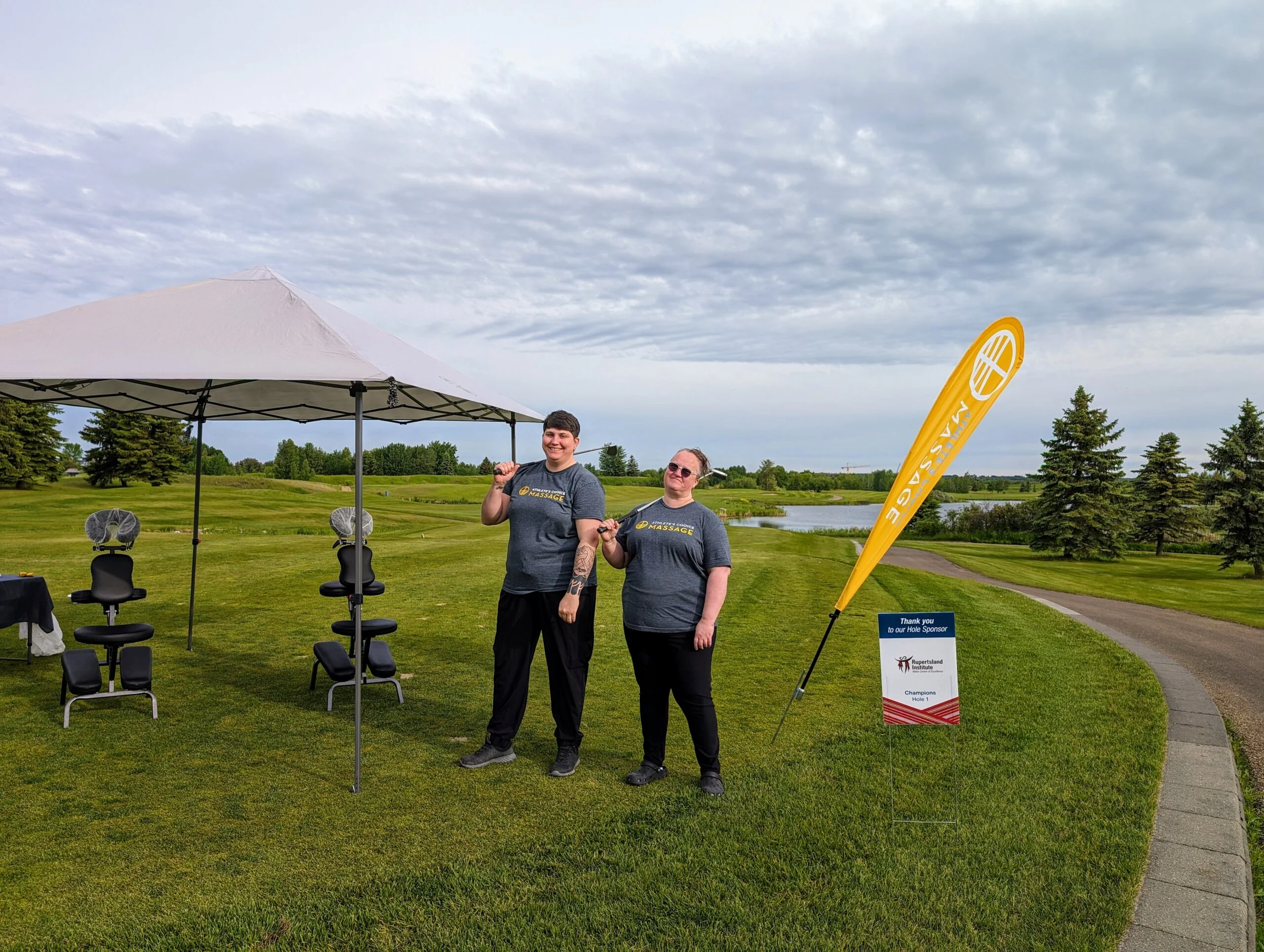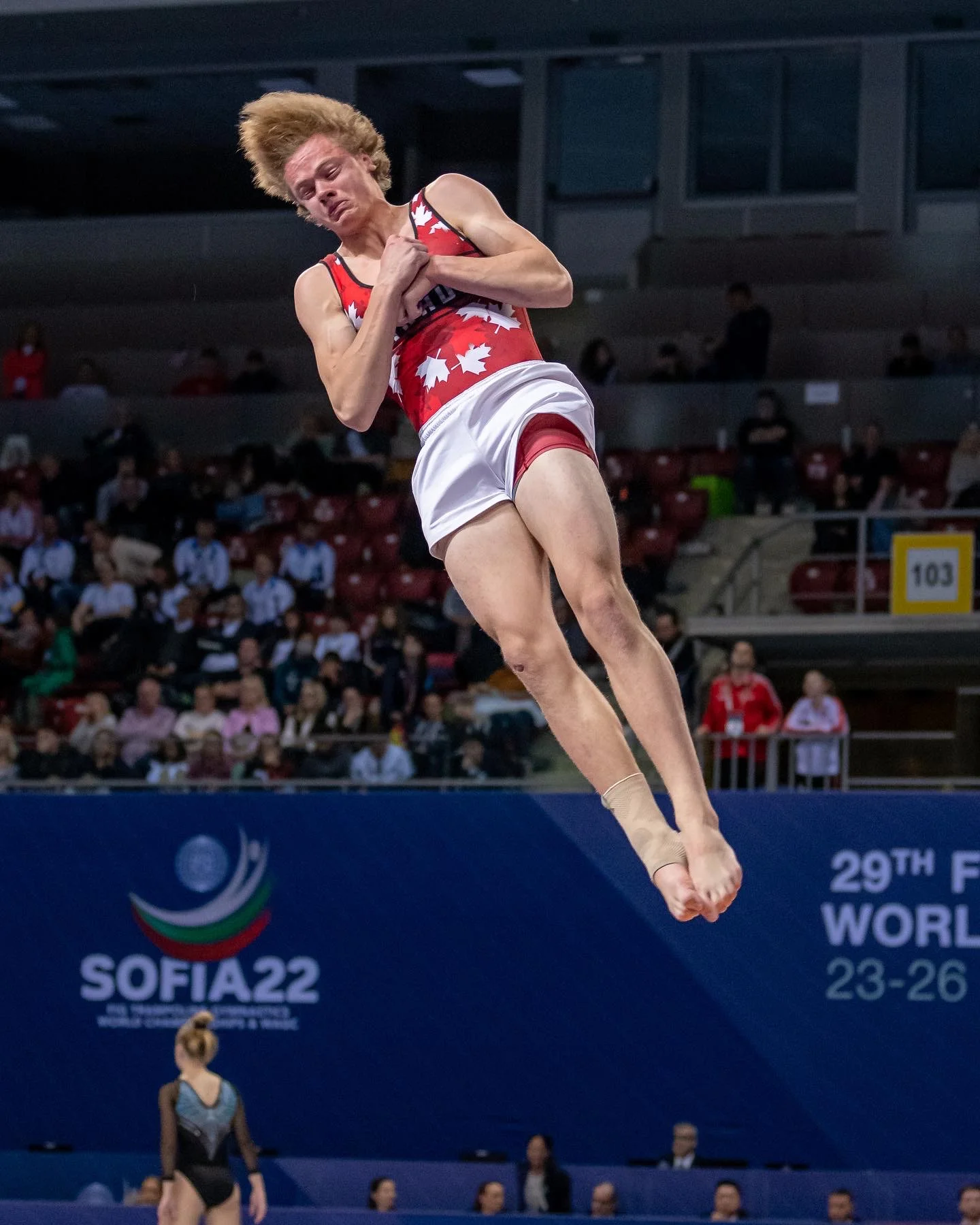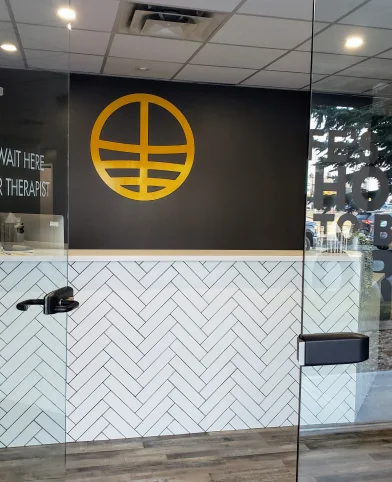Gymnastics is an intense sport that requires strength, flexibility, and agility. While it is a beautiful and impressive sport, it also carries a high risk of injury. Athletes who participate in gymnastics are at risk for a variety of injuries, including strains, sprains, fractures, and dislocations. In this article, we will explore the key muscle groups used in gymnastics, common injuries and risks, effective treatments for gymnastics injuries, and injury prevention and strengthening techniques.
Key Muscle Groups in Gymnastics
Gymnastics requires a great deal of strength and flexibility, which is why many of the key muscle groups used in the sport are in the core, legs, and upper body. Some of the key muscle groups used in gymnastics include:
- Core muscles: The muscles in the core, including the abs and lower back, are used to stabilize the body during movements like tumbling and balance beam routines.
- Leg muscles: The leg muscles, including the quadriceps, hamstrings, and calves, are used for jumping, leaping, and landing.
- Upper body muscles: The upper body muscles, including the shoulders, chest, back, and arms, are used for swinging, lifting, and holding the body in various positions.
Common Gymnastics Injuries and Risks
Gymnastics is a high-impact sport that involves a lot of jumping, twisting, and flipping. As a result, gymnasts are at risk for a variety of injuries, including:
- Sprains and strains: These injuries occur when a muscle or ligament is stretched too far or torn.
- Fractures: Gymnasts are at high risk for stress fractures, which are tiny cracks in the bone that occur over time.
- Dislocations: Dislocations occur when a bone is forced out of its joint.
- Head injuries: Head injuries can occur from falls or collisions with equipment.
Effective Treatments for Gymnastics Injuries
When a gymnast is injured, it is important to seek medical attention right away. Depending on the severity of the injury, treatment may include:
- Rest and ice: Resting the injured area and applying ice can help reduce swelling and pain.
- Physical therapy: Physical therapy can help strengthen the injured area and improve range of motion.
- Medication: Pain medication may be prescribed to help manage pain.
- Surgery: In some cases, surgery may be necessary to repair the injury.
Injury Prevention and Strengthening Techniques
One of the best ways to prevent gymnastics injuries is to focus on strengthening the key muscle groups used in the sport. Some effective strengthening techniques for gymnasts include:
- Core strengthening exercises: Exercises like planks and sit-ups can help strengthen the core muscles.
- Leg strengthening exercises: Exercises like squats and lunges can help strengthen the leg muscles.
- Upper body strengthening exercises: Exercises like pull-ups and push-ups can help strengthen the upper body muscles.
- Proper technique: Using proper technique and form during gymnastics movements can help reduce the risk of injury.
In conclusion, gymnastics is a beautiful and impressive sport that requires a great deal of strength and agility. While it does carry a high risk of injury, athletes can take steps to prevent injuries and treat them effectively if they do occur. By focusing on strengthening key muscle groups, using proper technique, and seeking medical attention when necessary, gymnasts can stay safe and healthy while mastering their craft.






